Discover the Wonders of the Sea of Galilee
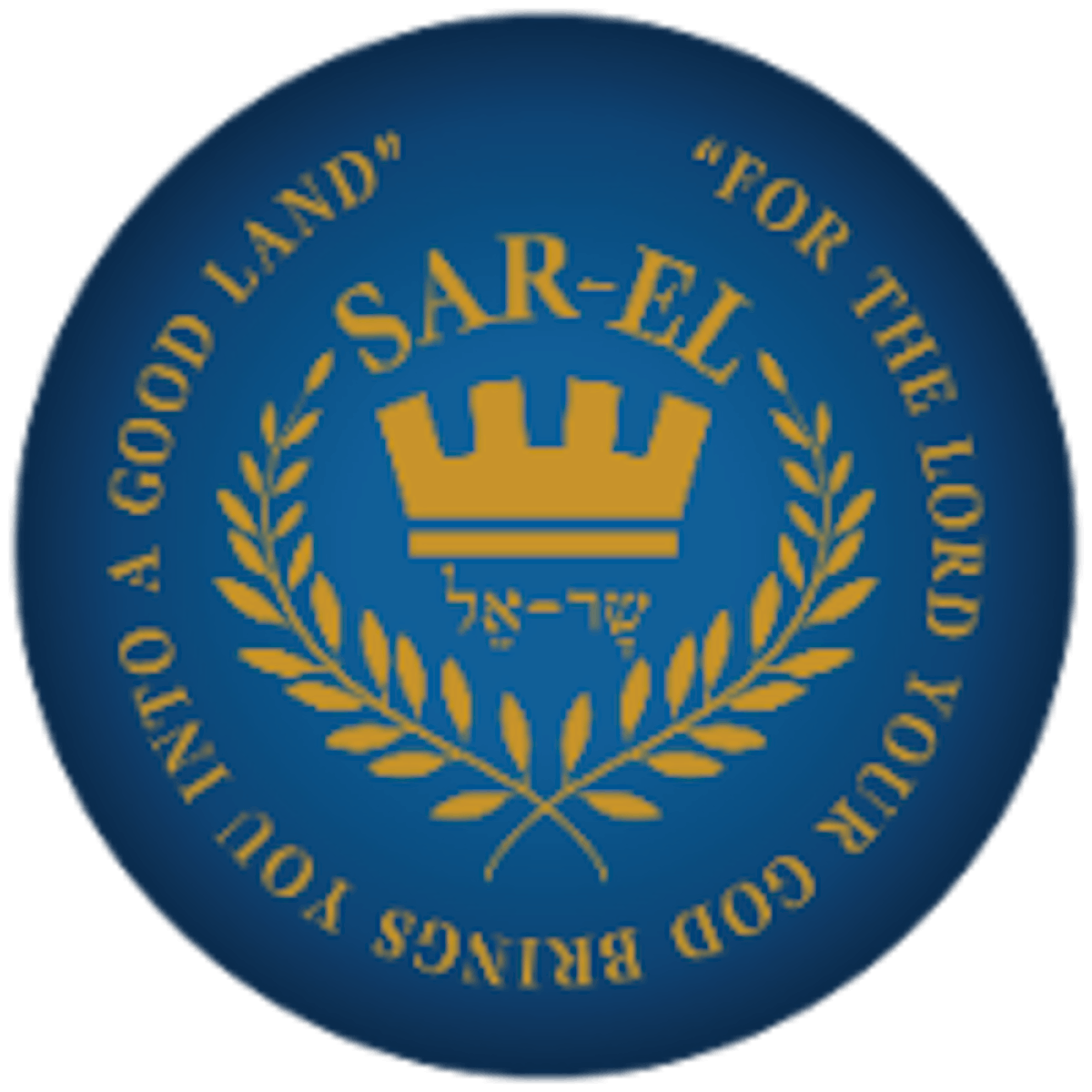
The Sea of Galilee is one of the most renowned tourist destinations in the world, for good reason. This was where Jesus walked on water, calmed the storm, and performed many of his miracles.
Here, the Messiah disciples Peter and Andrew, walked on water, and calmed the storm.” It was also here that Jesus fed thousands with five loaves and two fish and gave his Sermon on the Mount.
In this article, we’ll explore the beautiful Sea of Galilee, its significance, and modern-day attractions.
Sea of Galilee Overview
The Sea of Galilee, also known as Lake Tiberias or The Kinneret, is the largest freshwater lake in Israel. It lies within a great depression known as the Jordan Rift and is surrounded by small towns, lush farmlands, and scenic religious sites.
The sea receives most of its water through the Jordan River, but inflows from underground springs and other watercourses also contribute.
The National Aeronautics and Space Administration (NASA) describes the Galilee sea as one of the lowest-lying water bodies in the world
Dimensions of the Lake:
- Surface elevation: approximately 209 meters below sea level making it one of the lowest freshwater lakes in the world.
- Water surface area: 168 square kilometers
- Perimeter: 55 kilometers
- Maximum depth (northeast): 48 meters
The northern shore of the Sea of Galilee was controlled by Syria between 1948 and 1967. However, Israel regained control of the region after the 1967 war.
Biblical References
New Testament
Jesus performed many notable acts along the shores of the Sea of Galilee. Here are some of the main New Testament references:
- Matthew 4:18: While walking by the Sea of Galilee, [Jesus] saw two brothers, Simon (who is called Peter) and Andrew his brother, casting a net into the sea, for they were fishermen.
- Matthew 14:25: And in the fourth watch of the night he came to them, walking on the sea.
- Matthew 15:29: Jesus went on from there and walked beside the Sea of Galilee. And he went up on the mountain and sat down there.
- Mark 1:16: Passing alongside the Sea of Galilee, he saw Simon and Andrew the brother of Simon casting a net into the sea, for they were fishermen.
- John 6:1: After this Jesus went away to the other side of the Sea of Galilee, which is the Sea of Tiberias.
- John 21:1: After this, Jesus revealed himself again to the disciples by the Sea of Tiberias, and he revealed himself in this way.
- Other references include the Sermon on the Mount (Matthew 5) and the feeding of the multitude (John 6:1-14).
Old Testament
The Sea of Galilee was sometimes called the “Sea of Chinnereth” in the Old Testament.
- Numbers 34:11: And the border shall go down from Shepham to Riblah on the east side of Ain. And the border shall go down and reach to the shoulder of the Sea of Chinnereth on the east.
- 1 Chronicles 6:76: ...and out of the tribe of Naphtali: Kedesh in Galilee with its pasturelands, Hammon with its pasturelands, and Kiriathaim with its pasturelands.
- Isaiah 9:1: But there will be no gloom for her who was in anguish. In the former time, he brought into contempt the land of Zebulun and the land of Naphtali, but in the latter time he has made glorious the way of the sea, the land beyond the Jordan, Galilee of the nations.
Significance of the Sea of Galilee
Religious Significance
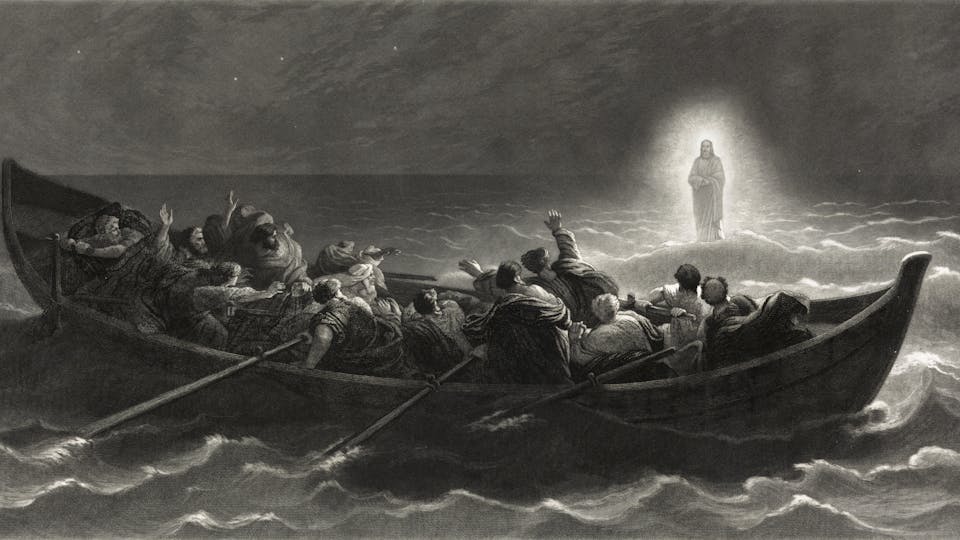
The Sea of Galilee was the scene of several famed acts of Jesus Christ. Here, the Messiah walked on water and calmed the storm. It was also here that Jesus fed thousands with five loaves and two fish and gave his Sermon on the Mount. The region symbolizes faith, miracles, and the presence of Jesus in the lives of believers.
Cultural and Economic Significance for Israel
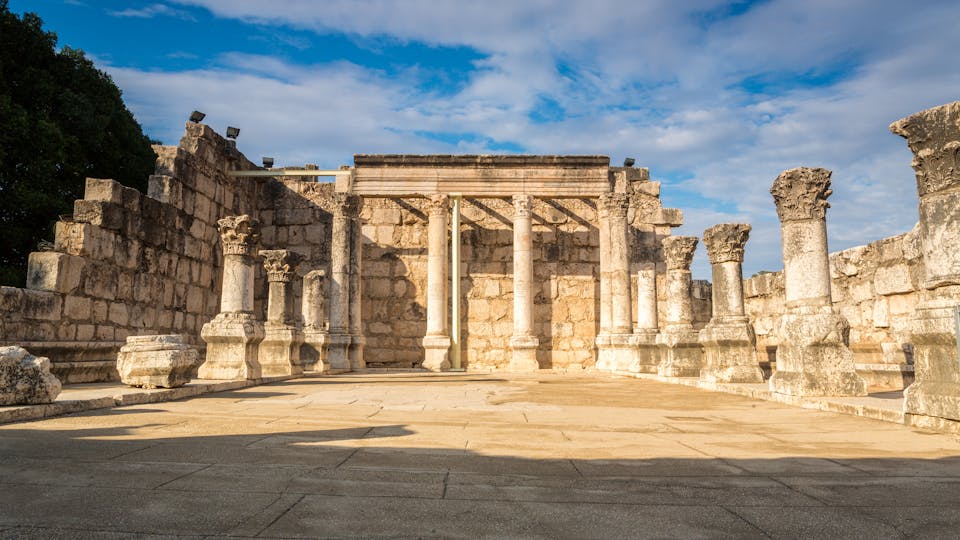
Today, the Sea of Galilee remains a major part of Israel’s drinking water supply. The country monitors the water level, which increases during the rainy season in the winter and decreases during the hot summer.
Many Israelis see rainfall as a blessing from God and view the changing Galilee sea levels as an important benchmark for assessing the condition and future outlook of the country as well as the spiritual well-being of the people.
Agricultural Settlements
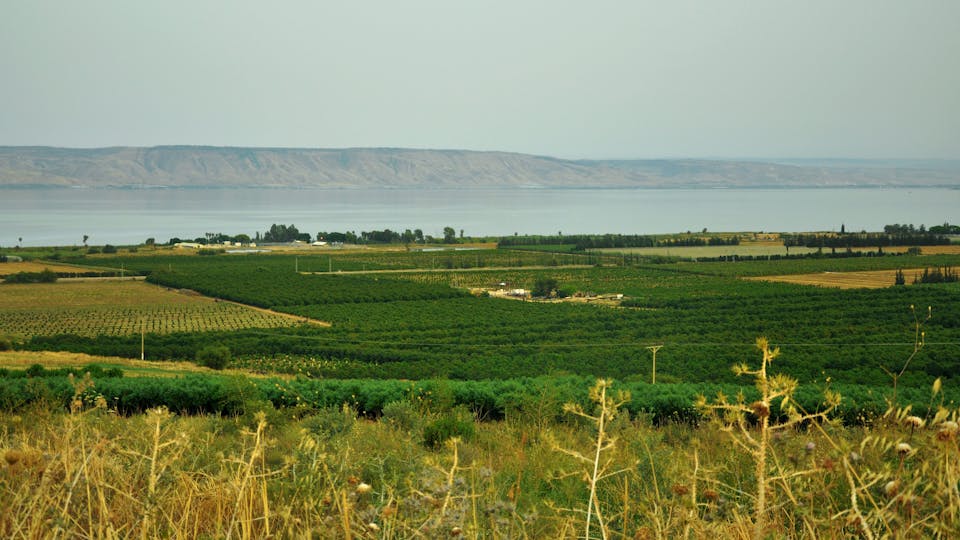
Much of the marshy areas around the Galilee sea and to the south have been converted into farmland. Modern irrigation and agric technologies support the cultivation of everything from citrus fruits to vegetables. Fishing activities are also prevalent in the area, yielding significant fish harvests every year.
Tourism and Recreational Activities
The Sea of Galilee has been a top destination for pilgrims and tourists alike. Below are some popular pilgrimage and tourist sites in the area:
Capernaum
Capernaum is an archaeological town on the northern shore of the Sea of Galilee. Known as the “town of Jesus”, it boasts well-preserved ruins which include a synagogue and the remnants of what’s believed to have been the house of Peter the apostle.
Susita
Susita, or Hippos, is an ancient Roman city located on a hill overlooking the Sea of Galilee. The site features well-preserved archaeological remains, including a theater, basilica, and city walls. Many tourists visit Susita every year for a glimpse into the Hellenistic and Roman influences in the region.
Migdal
Migdal is an ancient settlement with a rich history. It is situated on the western shore of the Sea of Galilee and features the archaeological remains of a first-century synagogue. It is also considered to be the home of Mary of Magdilah, the follower of Jesus.
Mount of Beatitudes

It is believed that Jesus preached His famous Sermon on the Mount on the Mount of Beatitudes. This site is perched on the hills overlooking the Sea of Galilee and is surrounded by beautiful gardens.
Tabgha
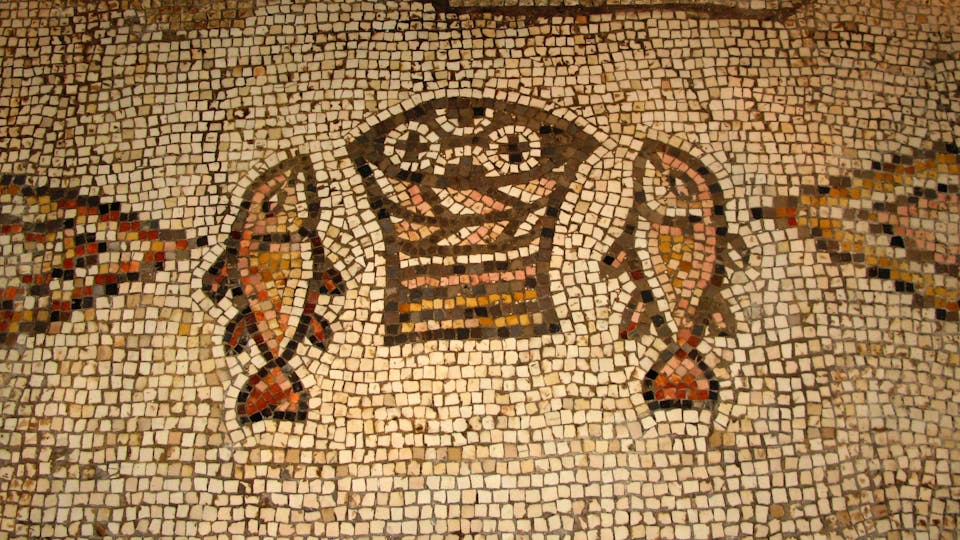
Tabgha, situated near the Sea of Galilee, is traditionally the area where Jesus fed the multitude. The area now houses many religious memorials, including the Church of the Multiplication and the Church of the Primacy of St. Peter.
Yardenit Baptismal Site
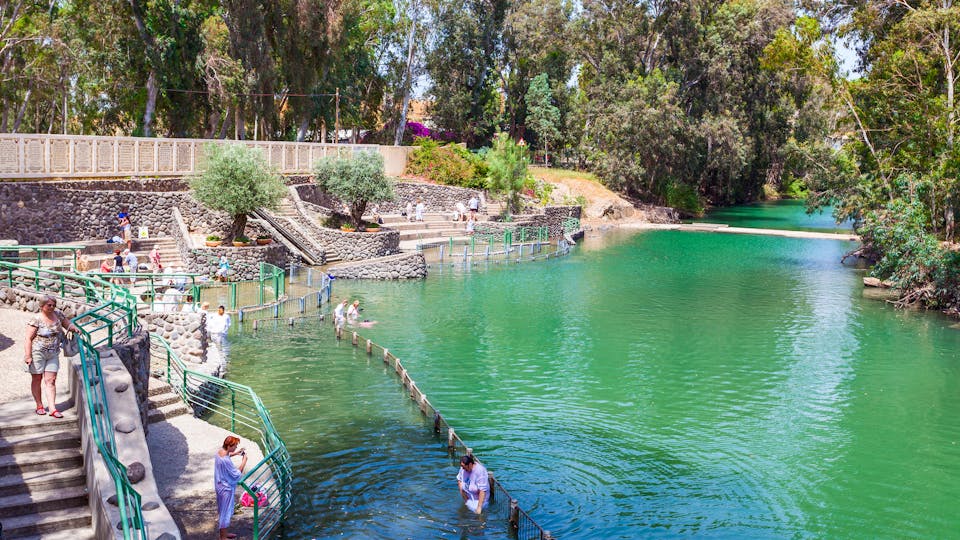
The Yardenit is a popular site on the banks of the Jordan River. Pilgrims from various Christian denominations come here to partake in the sacrament of baptism. The serene atmosphere, flowing waters, and lush surroundings make the place especially welcoming.
Tiberias
The modern city of Tiberias is located on the western shore of the Sea of Galilee. Visitors can explore the Tiberias Hot Springs, visit historical synagogues, and enjoy a bustling boardwalk with its shops and restaurants.
Activities Near the Sea of Galilee
Visit the Hot Springs
Visiting the hot springs of Tiberias can be a truly delightful experience. The warm mineral-rich waters provide relaxation and a soothing, therapeutic effect.
Hire a Canoe or Kayak
Canoe riding and kayaking are popular among visitors to the Galilee lake. You can explore the area's mountains and historical landmarks as you surf the calm waters. Popular canoe and kayaking spots include Tiberias, Ein Gev, and Kibbutz Ma’agan.
Experience the Nearby Resorts
Many resorts line the shoreline of the Galilee lake, including Sar-El Tours’ own David's Harp Galilee Resort. Our newly built full-service hotel treats guests to everything from a contemporary waterfront space to a rich menu of local Israeli cuisine. Visit David's Harp for booking.
Other Activities
There are many other activities to do in the Galilee and Golan regions such as; hiking, horseback riding, camping, jeep tours, and swimming. Speak to our tour agents to learn more.
FAQs
1. Is the Sea of Galilee drying up?
Climate change, population growth, and other factors have sometimes caused the Sea of Galilee to shrink. However, the Israeli government has taken measures to replenish the waters.
2. Is the Sea of Galilee a lake?
The Sea of Galilee is, in fact, a freshwater lake, known as Lake Tiberias or Lake Kinneret. It's only called a sea because of cultural and language reasons.
3. What is the best time to visit the Sea of Galilee?
The best time to visit the Sea of Galilee is spring (March to May) and fall (September to November) when the weather is mild and pleasant. Summer can be very hot, and winter can bring heavy rainfall.
4. Can you swim in the Sea of Galilee?
Yes, you can swim in the Sea of Galilee. There are several beaches and designated swimming areas around the lake where
Conclusion
The Sea of Galilee is not only a geographical landmark but also a symbol of cultural, religious, and economic significance. Whether you're seeking a spiritual tour, historical exploration, or recreational enjoyment; the Sea of Galilee is an ideal place for you.
Sar-El Tours' and Conferences can make your visit extra special with our world-class tour services. Reach out to your tour agent and ask them about Sar-El Tours. If you don’t have an agent, contact us today, and we will connect you with one.